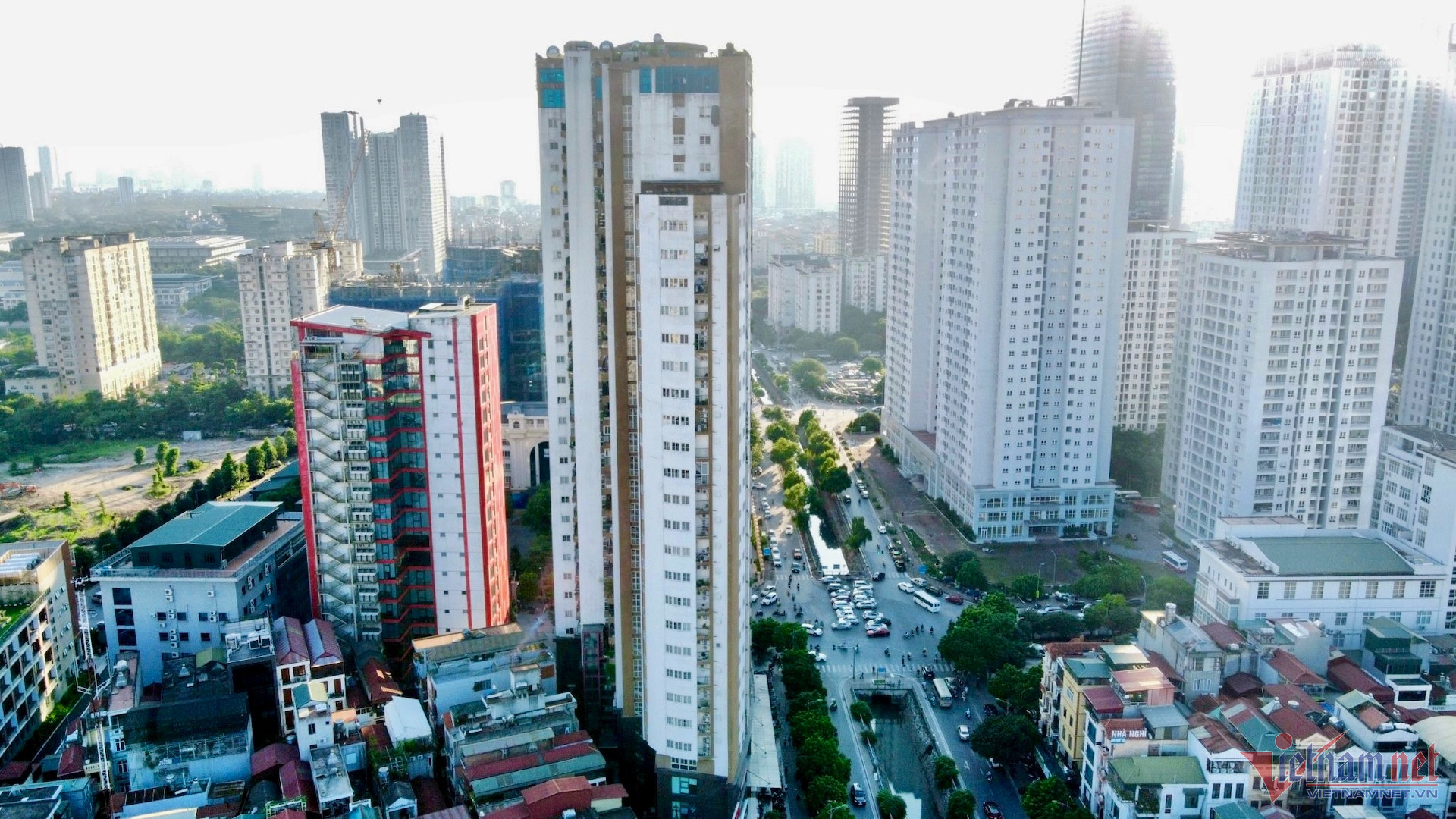
The Ministry of Construction reports that apartment prices in Hanoi have risen significantly, affecting both new and old projects. Some areas saw price increases between 35% and 40% compared to the previous quarter, and affordable housing under 25 million VND/m² is nearly unavailable for buyers.
According to the Ministry, apartment prices in Hanoi have climbed steadily, establishing a new price level for new projects with quarterly increases of 4-6% and annual increases of 22-25%. Some areas have even seen price spikes of up to 40%. For example, Lumi Prestige in Nam Tu Liem District is priced from 69 million VND/m², while the Khai Son City project in Long Bien District and apartments on Nguyen Tuan Street in Thanh Xuan District are selling from 50 to 97.2 million VND/m².
This trend is not isolated to Hanoi. Price hikes are observed across major urban areas like Ho Chi Minh City and other large cities, with specific areas and segments experiencing sharp increases that impact overall market prices.
The Ministry of Construction acknowledges that the structure of real estate products remains imbalanced. Affordable housing is scarce, with nearly no transactions or listings of apartments priced below 25 million VND/m². Mid-range apartments (priced between 25 and 50 million VND/m²) still dominate the market in terms of supply and transactions. High-end and luxury apartments above 50 million VND/m² make up the remaining supply.
The lack of affordable housing for low- and middle-income households is attributed to various factors. Legal hurdles, particularly in land pricing, land use fees, and site clearance, have delayed and stalled many projects. The Ministry also points out that construction regulations introduced in recent years are designed to support supply improvements but need time for implementation.
Real estate experts emphasize that the focus should be on increasing supply in the affordable segment. Despite an overall increase in housing supply, prices in primary and secondary markets in Hanoi have continued to rise.
Savills Vietnam data shows a drastic decline in affordable housing in major cities. For instance, in 2016, 60% of housing in cities like Ho Chi Minh City and Hanoi was affordable, but by 2024, this share had dropped to 35%, with no primary market apartments available for under 2 billion VND.
A real estate executive in Hanoi observed that current developments are primarily mid-range and high-end projects. With demand exceeding supply, housing prices are often inflated beyond their actual value. The executive emphasized that without a stable supply of affordable housing, the issues within the real estate market will remain unsolved.
Hong Khanh